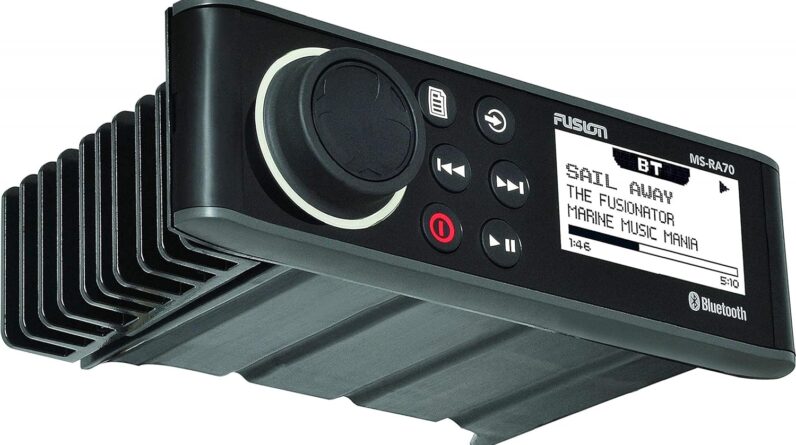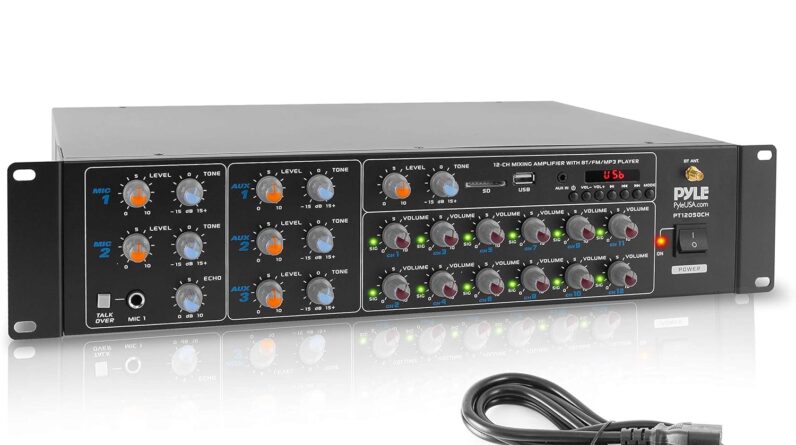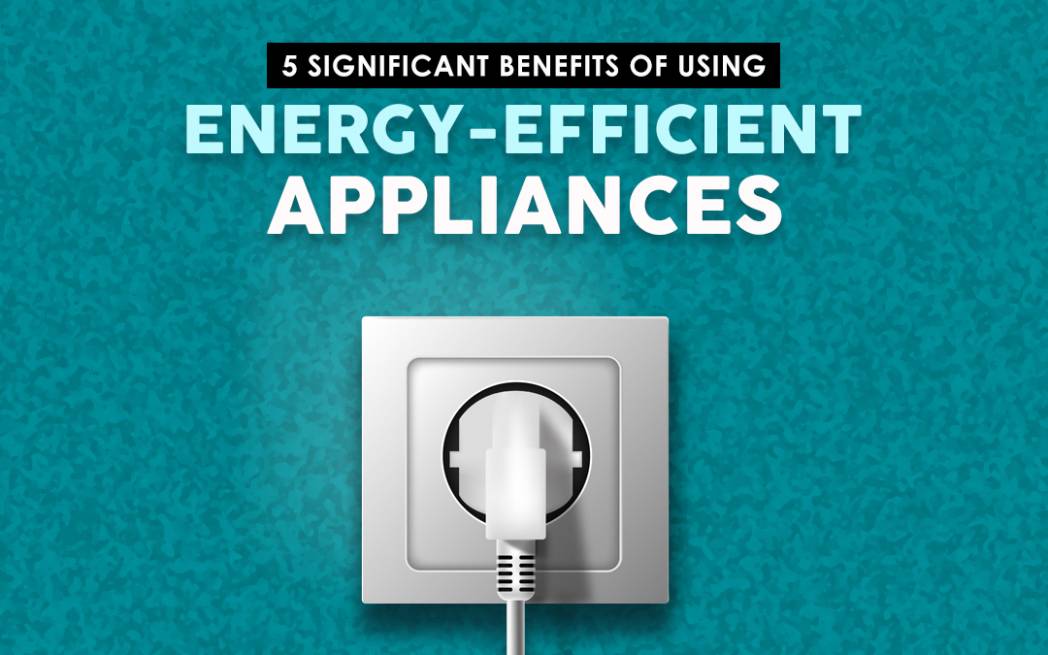
Are you curious about how smart home appliances can enhance energy efficiency in your household? In this article, we will explore the impact of these innovative devices on reducing energy consumption and promoting sustainability. Discover how smart home appliances intelligently manage and optimize energy usage, ultimately benefiting both the environment and your wallet. With advancements in technology, these appliances offer a multitude of features that can revolutionize the way you use energy within your home. Let’s delve into the fascinating realm of smart home appliances and their transformative effects on energy efficiency.
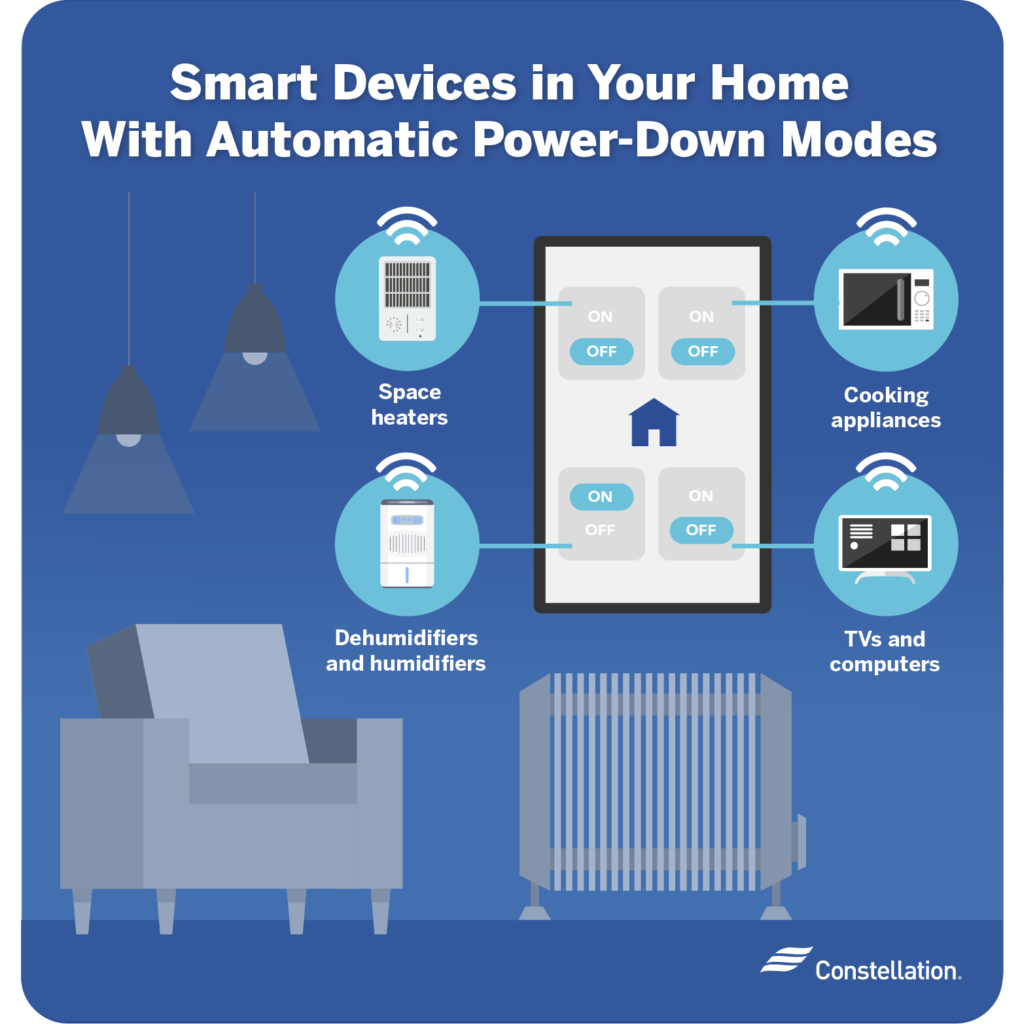
This image is property of blog.constellation.com.
1. Understanding Smart Home Appliances
Smart home appliances refer to devices and systems that are connected to a network and can be controlled and monitored remotely through a smartphone or other smart devices. These appliances are designed to enhance convenience, comfort, and efficiency in our homes. They utilize advanced technologies such as artificial intelligence (AI), machine learning, and internet of things (IoT) to automate and optimize various household tasks.
1.1 Definition of Smart Home Appliances
Smart home appliances are defined as electronic devices, equipment, and systems that are connected to a central hub, typically through Wi-Fi or Bluetooth, and can be controlled and monitored remotely. These appliances include but are not limited to smart thermostats, smart lighting, smart security systems, smart refrigerators, smart washing machines, and smart entertainment systems.
1.2 Categories of Smart Home Appliances
Smart home appliances can be categorized into different types based on their functions and capabilities. Some common categories include:
-
Smart Energy Management: These appliances focus on optimizing energy consumption and reducing wastage. Examples include smart thermostats, smart lighting systems, and energy monitoring devices.
-
Smart Security: These appliances enhance home security and surveillance. Smart security cameras, door locks, and motion detectors fall under this category.
-
Smart Entertainment: Devices such as smart TVs, wireless speakers, and sound systems come under this category. They offer features like streaming content and voice-controlled operations.
-
Smart Kitchen: Appliances such as smart refrigerators, ovens, and coffee makers that offer advanced features like remote monitoring, automated cooking, and inventory management fall into this category.
-
Smart Cleaning: Robotic vacuum cleaners and floor mopping devices are examples of smart cleaning appliances. They can be scheduled, controlled, and monitored remotely.
-
Smart Health and Wellness: These appliances monitor health parameters, provide guidance, and offer personalized feedback. Smart weighing scales, fitness trackers, and air purifiers are common examples.
2. Key Features of Smart Home Appliances
Smart home appliances are equipped with various key features that set them apart from traditional appliances. These features contribute to improved energy efficiency and convenience in our daily lives.
2.1 Remote Accessibility and Control
One of the primary advantages of smart home appliances is their ability to be controlled and monitored remotely. Through dedicated smartphone apps or voice assistants, you can easily access and control your appliances from anywhere. This allows you to manage energy consumption, adjust settings, and monitor usage even when you are not at home. For example, you can turn off lights or adjust the thermostat remotely if you forgot to do so before leaving home.
2.2 Energy Monitoring and Management
Smart home appliances provide real-time energy monitoring and management capabilities. They offer insights into energy usage patterns, consumption trends, and even suggest ways to reduce energy waste. By tracking energy consumption, you can identify energy-hungry appliances and make informed decisions to optimize energy usage. Additionally, some appliances can automatically adjust their settings based on energy demand, thereby minimizing energy wastage.
2.3 Automation and Scheduling
Smart home appliances offer automation and scheduling features, allowing you to program them to perform certain tasks at specific times or in response to certain conditions. For example, you can schedule your smart thermostat to lower the temperature during the day when no one is at home and raise it before you return. This automation not only improves energy efficiency but also enhances comfort by ensuring optimal conditions at all times.
2.4 Adaptive and Learning Capabilities
Another remarkable feature of smart home appliances is their ability to adapt and learn from user behavior and preferences. These appliances can analyze data and make adjustments accordingly to optimize performance and energy efficiency. For instance, a smart lighting system can learn your daily routines and automatically adjust lighting levels to minimize energy usage while ensuring adequate illumination.
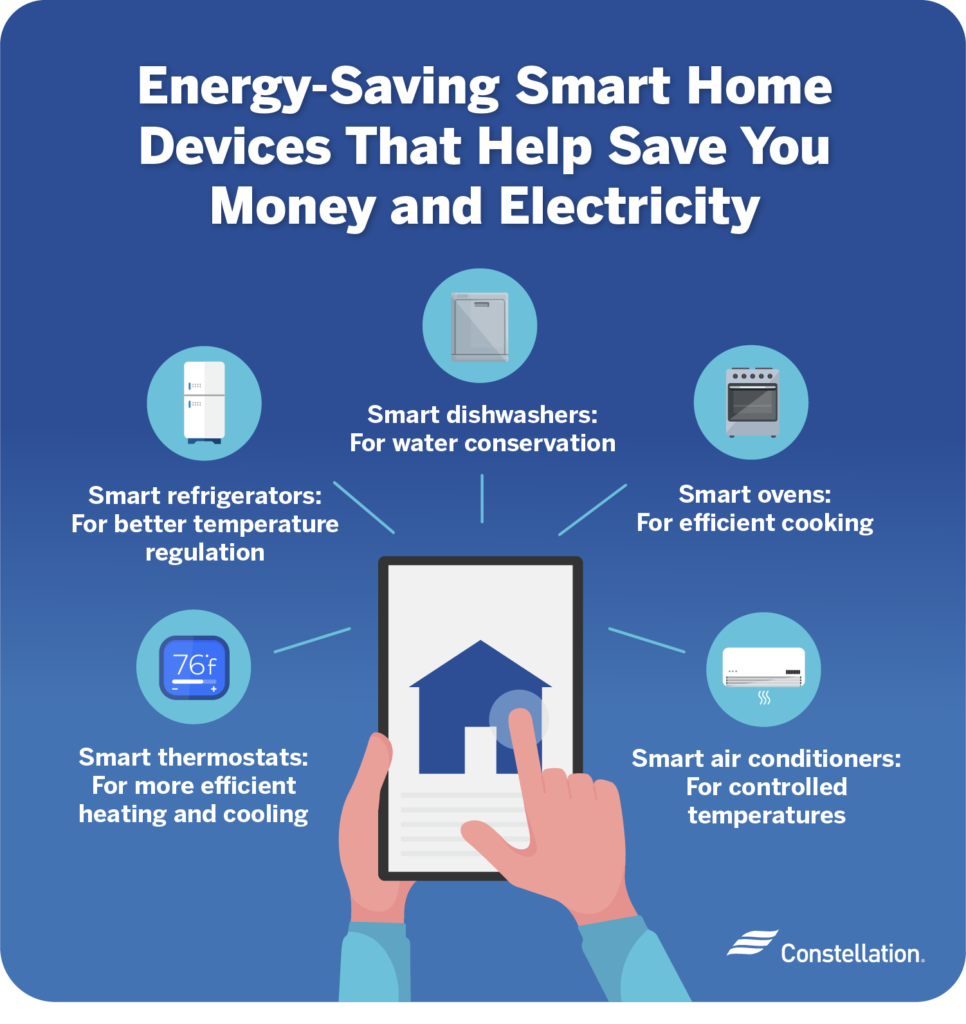
This image is property of blog.constellation.com.
3. Impact on Energy Efficiency
Smart home appliances have a significant impact on energy efficiency in our homes. They offer several benefits that contribute to reduced energy consumption and wastage.
3.1 Reduction in Standby Power Consumption
Standby power, also known as vampire power, refers to the energy consumed by appliances when they are not actively in use but still plugged in. Smart home appliances can help eliminate or reduce standby power consumption through features like power scheduling and automatic power-off. With the ability to remotely turn off appliances or put them into energy-saving modes, you can minimize the amount of wasted energy.
3.2 Optimized Energy Consumption
Smart home appliances enable optimized energy consumption by actively monitoring and managing energy usage. For instance, smart thermostats can learn your preferences and adjust temperature settings accordingly, resulting in energy savings without compromising comfort. Similarly, with energy monitoring devices, you can identify energy-intensive appliances and take corrective actions to reduce their usage.
3.3 Demand Response and Load Management
Smart home appliances facilitate demand response and load management, which play crucial roles in balancing energy supply and demand. During peak hours, when energy prices are high, appliances can automatically adjust their operations to minimize energy usage. This not only reduces the strain on the electrical grid but also helps you save on energy costs. It enables a more efficient and sustainable utilization of available energy resources.
4. Energy Savings Potential
The energy savings potential of smart home appliances has been extensively studied and documented. Various statistical data, studies, and real-life scenarios demonstrate the positive impact these appliances have on energy efficiency.
4.1 Statistical Data and Studies
Numerous studies have quantified the energy savings achieved through the adoption of smart home appliances. According to a report by the American Council for an Energy-Efficient Economy (ACEEE), smart thermostats alone can contribute to energy savings of around 10-15% on heating and cooling bills. Additionally, a study conducted by the Lawrence Berkeley National Laboratory found that smart appliances, when combined with smart electric rates, resulted in an average energy savings of 15%.
4.2 Case Studies and Real-life Scenarios
Real-life case studies further illustrate the energy-saving potential of smart home appliances. One such case study conducted by the Pacific Gas and Electric Company (PG&E) in California involved the use of smart thermostats in residential households. The study found that the participants who installed smart thermostats achieved an average savings of 10% on their heating and cooling energy consumption. Similar success stories have been observed with other types of smart appliances, further highlighting their energy-efficient capabilities.
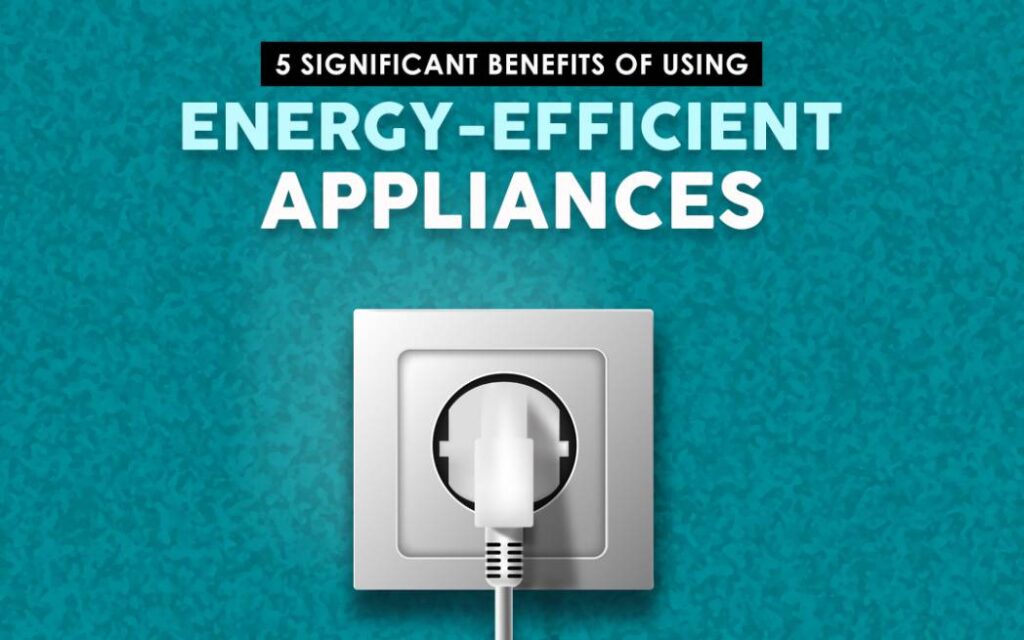
This image is property of www.astralenergyllc.com.
5. Advantages and Benefits
The adoption of smart home appliances brings numerous advantages and benefits to homeowners. These benefits extend beyond energy savings and positively impact various aspects of our lives.
5.1 Cost Savings on Energy Bills
One of the most significant advantages of smart home appliances is the potential for cost savings on energy bills. By optimizing energy consumption and reducing wastage, these appliances help lower electricity and gas bills. The energy savings achieved through smart appliances can offset the initial investment, making them cost-effective solutions in the long run.
5.2 Environmental Benefits
Smart home appliances contribute to environmental sustainability by reducing energy consumption and carbon emissions. As these appliances offer energy-saving features and automation capabilities, they promote a greener lifestyle. By adopting smart home appliances, you can actively contribute to reducing your carbon footprint and mitigating the environmental impact of energy consumption.
5.3 Enhanced Comfort and Convenience
Smart home appliances enhance comfort and convenience by automating routine tasks and providing remote accessibility. Imagine arriving home to a perfectly cooled or heated environment without needing to manually adjust the thermostat. The ability to control and monitor appliances from anywhere adds convenience and flexibility to your daily life. Additionally, smart appliances can learn your preferences and create personalized settings to ensure optimal comfort.
6. Challenges and Limitations
While the benefits of smart home appliances are considerable, there are certain challenges and limitations that need to be addressed.
6.1 Initial Cost and Affordability
One major challenge of adopting smart home appliances is the initial cost associated with purchasing and installing these devices. Compared to traditional appliances, smart appliances tend to have a higher price tag. However, it is important to consider the long-term cost savings and potential return on investment through energy savings. As technology advances and competition increases, the affordability of smart appliances is expected to improve.
6.2 Compatibility and Interoperability
Smart home appliances rely on communication protocols and standards to connect and interact with each other. However, compatibility issues and lack of interoperability between different brands and systems can pose challenges. It is essential to ensure that your devices are compatible with one another and can seamlessly integrate into your smart home ecosystem. Standardization efforts by industry organizations are underway to address these compatibility concerns.
6.3 Cybersecurity and Privacy Concerns
The increased connectivity and data exchange in smart home appliances raise cybersecurity and privacy concerns. As these appliances collect and transmit data, there is a potential risk of unauthorized access or data breaches. It is crucial to choose appliances from reputable manufacturers and regularly update firmware to ensure optimal security. Being mindful of privacy settings and adopting best practices for securing your smart home network can also help mitigate these risks.
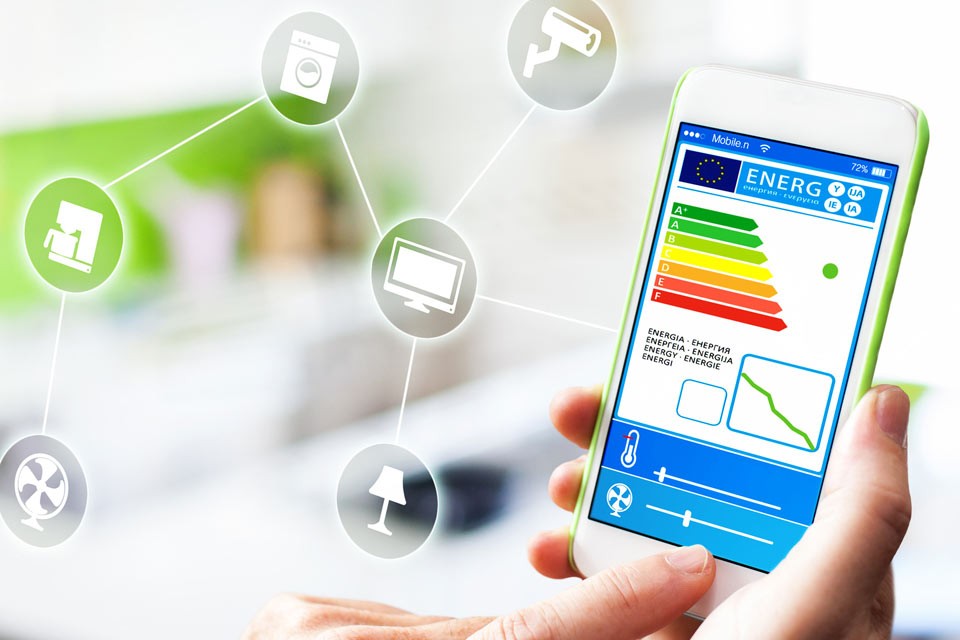
This image is property of www.wespeakiot.com.
7. Integration with Renewable Energy Sources
The integration of smart home appliances with renewable energy sources presents exciting opportunities in achieving a more sustainable and efficient energy ecosystem.
7.1 Synergy between Smart Home Appliances and Renewables
Smart home appliances can complement renewable energy sources by optimizing their usage based on the availability of renewable energy. For example, a smart charging system for an electric vehicle can schedule charging during periods of high renewable energy generation, maximizing the use of clean energy. This integration enables a more efficient utilization of renewable resources and reduces dependence on fossil fuels.
7.2 Smart Grid Interaction
Smart home appliances can also interact with smart grids, contributing to the stability and efficiency of the electrical grid. Appliances equipped with demand response capabilities can adjust their operation based on signals from the grid, helping to balance energy supply and demand. By participating in demand response programs, homeowners can contribute to grid reliability and support the integration of renewable energy sources into the existing infrastructure.
8. Government Incentives and Regulations
Governments around the world are deploying various incentives and regulations to promote the adoption of energy-efficient appliances, including smart home appliances.
8.1 Promoting Energy-efficient Appliances
Government agencies and utility companies offer incentives and rebates to encourage the purchase and installation of energy-efficient appliances. These incentives can significantly reduce the initial cost of acquiring smart home appliances, making them more accessible and affordable for consumers. Additionally, energy efficiency labeling programs help consumers make informed choices by providing standardized efficiency ratings for appliances.
8.2 Building Codes and Standards
Building codes and standards play a crucial role in promoting energy efficiency and the integration of smart home appliances. Governments and regulatory bodies are continually updating building codes to incorporate energy-efficient practices and encourage the use of smart technologies. These codes include requirements for energy-efficient appliances, systems, and infrastructure in new buildings and major renovations.
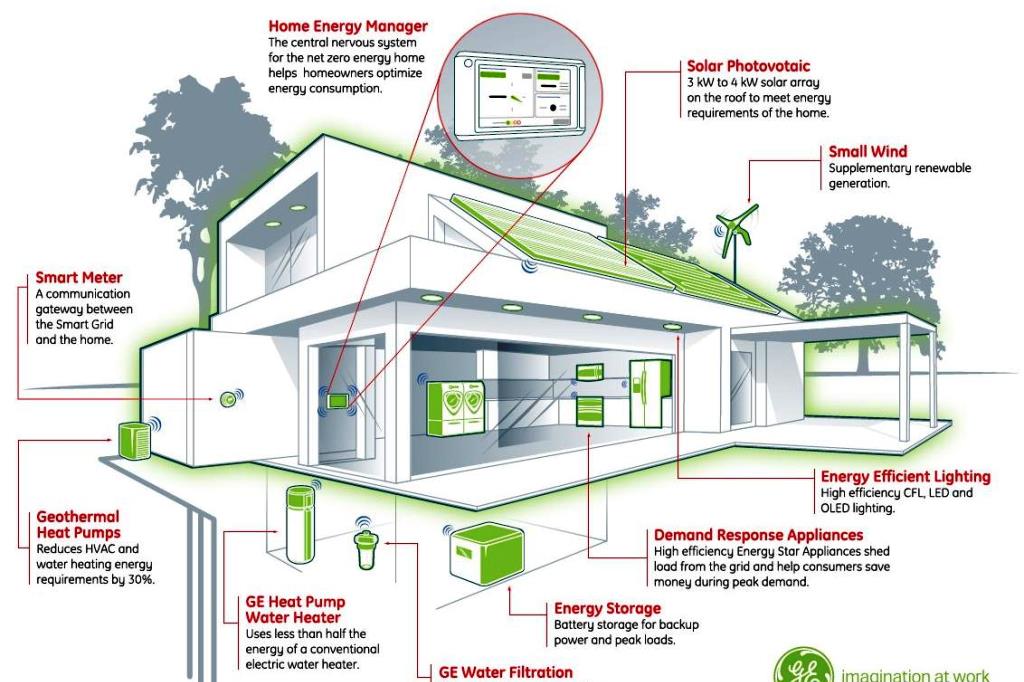
This image is property of www.upsbatterycenter.com.
9. Consumer Adoption and Market Trends
There is a growing consumer interest in smart home appliances, driven by the desire for energy savings, convenience, and improved lifestyle.
9.1 Growing Consumer Interest and Demand
Consumers are increasingly recognizing the benefits and potential of smart home appliances. The convenience, energy savings, and automation capabilities offered by these appliances have appealed to a wide range of homeowners. As awareness and understanding of smart home technologies continue to grow, the demand for smart home appliances is expected to rise significantly.
9.2 Market Analysis and Forecast
Market analysis and forecasts suggest a positive growth trajectory for the smart home appliance market. According to a report by Research and Markets, the global smart home appliances market is projected to reach a value of USD 135.3 billion by 2027, growing at a compound annual growth rate (CAGR) of 13.4% from 2020 to 2027. This growth is fueled by factors such as increased residential construction, rising energy costs, and the growing popularity of IoT and connected devices.
10. Future Outlook
The future of smart home appliances looks promising, with advancements in technology and continuous innovation driving further improvements in energy efficiency and sustainability.
10.1 Technological Advancements and Innovations
The field of smart home appliances is continually evolving, with ongoing technological advancements and innovations. Machine learning algorithms, AI, and data analytics are being integrated into smart appliances to improve their performance and energy-saving capabilities. Additionally, advancements in renewable energy generation and storage technologies are expected to further enhance the integration of smart home appliances with sustainable energy sources.
10.2 Potential for Energy Savings and Sustainability
The potential for energy savings and sustainability through smart home appliances is significant. As these appliances become smarter and more interconnected, they will play a crucial role in optimizing energy usage, enabling demand-side management, and supporting the transition towards a more sustainable energy ecosystem. With continuous improvements and increasing adoption, smart home appliances have the potential to contribute significantly to a greener and more energy-efficient future.
In conclusion, smart home appliances have revolutionized the way we interact with our homes, offering improved energy efficiency, convenience, and sustainability. These appliances, with their remote accessibility, energy monitoring capabilities, and automation features, provide substantial benefits to homeowners. While challenges such as initial cost, compatibility, and cybersecurity concerns exist, efforts from governments, industry players, and consumers are driving the adoption and integration of smart home appliances. As technology advances and the market continues to grow, the future looks promising, with even greater advancements in energy efficiency and sustainability on the horizon. So, embrace the power of smart home appliances and experience the positive impact they can have on your energy consumption, comfort, and overall lifestyle.


